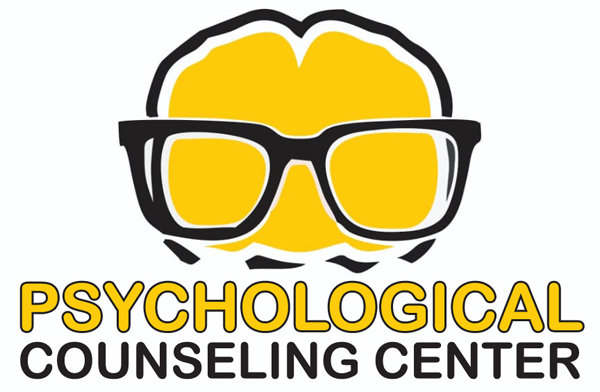Phobia exert a significant influence on an individual’s daily life and well-being as they instigate intense and irrational fears.
These fears manifest as a type of anxiety disorder, wherein the person experiences an excessive and persistent dread towards a particular object, situation, or activity.
The nature and severity of phobias may vary extensively, yet they universally evoke distress and prompt avoidance behaviors in those affected.
Type of phobia
1. acrophobia, fear of heights
2. aerophobia, fear of flying
3. arachnophobia, fear of spiders
4. astraphobia, fear of thunder and lightning
5. autophobia, fear of being alone
6. claustrophobia, fear of confined or crowded spaces
6. hemophobia, fear of blood
7. hydrophobia, fear of water
8. ophidiophobia, fear of snakes
9. zoophobia, fear of an animal
Treatment options for phobias include:
1. Cognitive-Behavioral Therapy (CBT):
CBT is a widely used and effective treatment for phobias. It aims to change negative thought patterns and behaviors associated with the phobia through techniques such as exposure therapy and cognitive restructuring. Exposure therapy gradually exposes the individual to the feared object or situation in a controlled and supportive environment, helping them to overcome their fear.
2. Medication:
In some cases, medication may be prescribed to help manage the symptoms of phobias. Antidepressants and anti-anxiety medications can be prescribed by a qualified healthcare professional to reduce anxiety and alleviate the symptoms associated with phobias
.
3. Relaxation Techniques:
Learning relaxation techniques such as deep breathing exercises, progressive muscle relaxation, and mindfulness meditation can help individuals manage anxiety and reduce the physical symptoms associated with phobias.
4. Support Groups:
Joining support groups or seeking support from others who have similar phobias can provide comfort, understanding, and encouragement. Sharing experiences and learning coping strategies from others can be beneficial in the journey toward overcoming phobias.
psychological help from a professional is recommended

